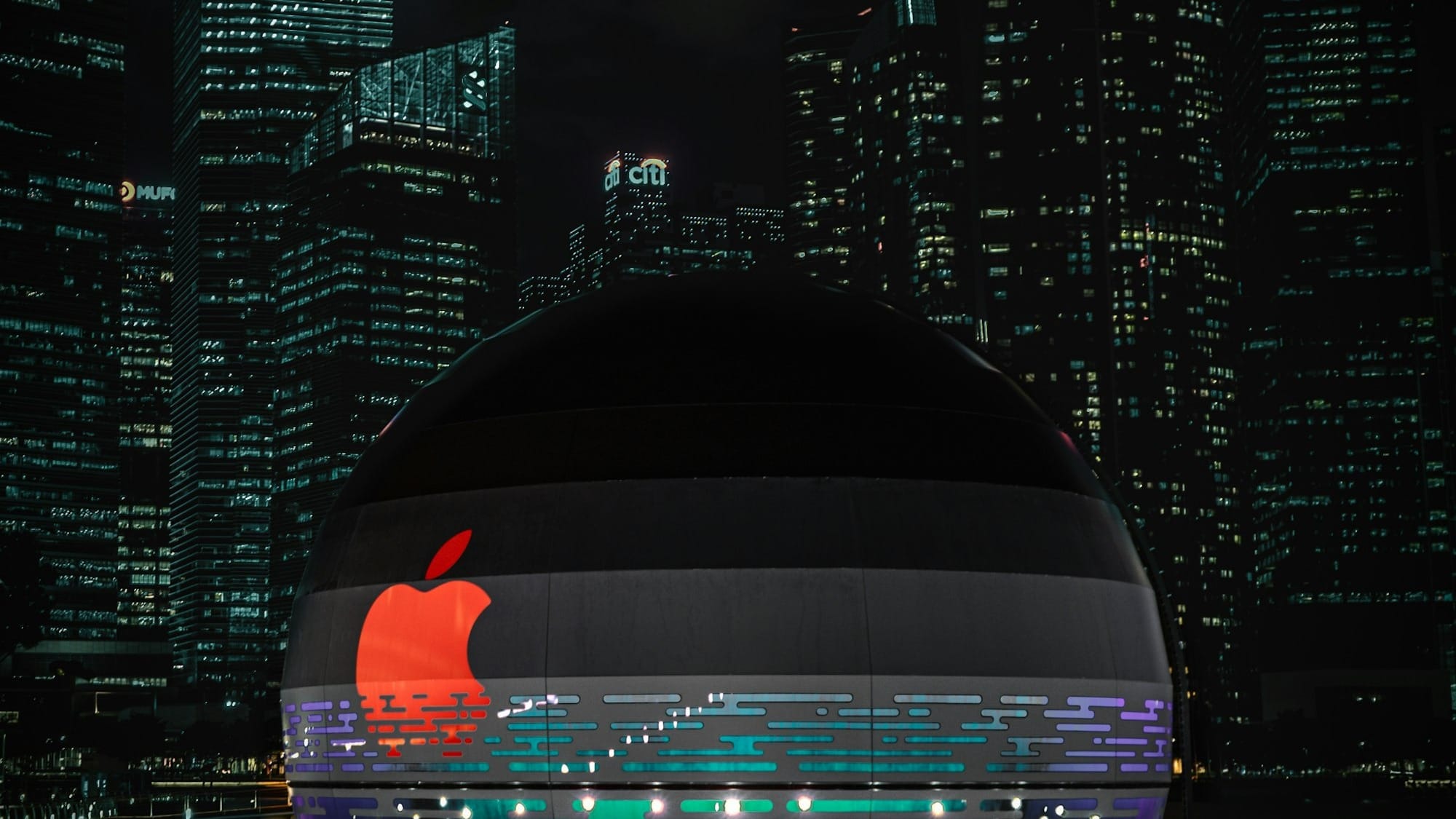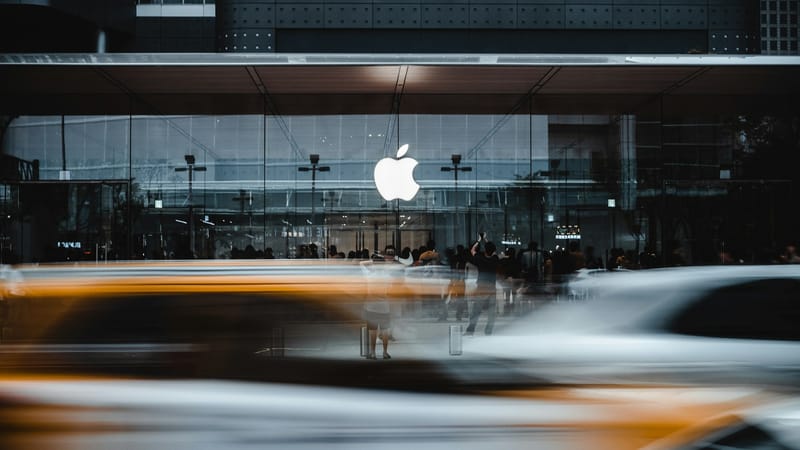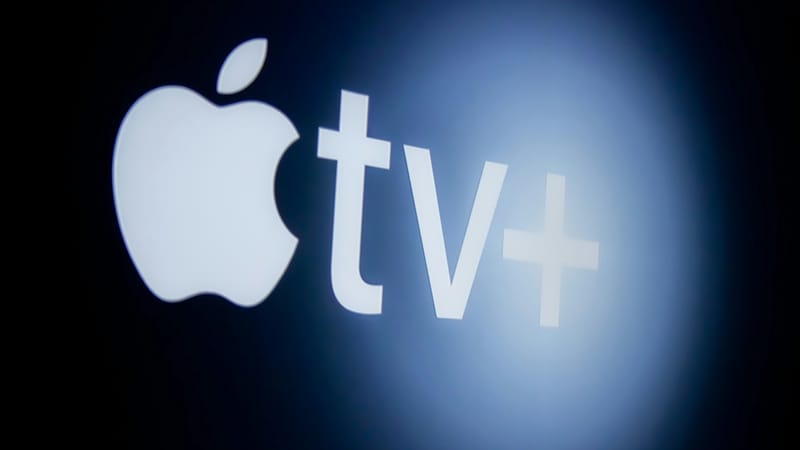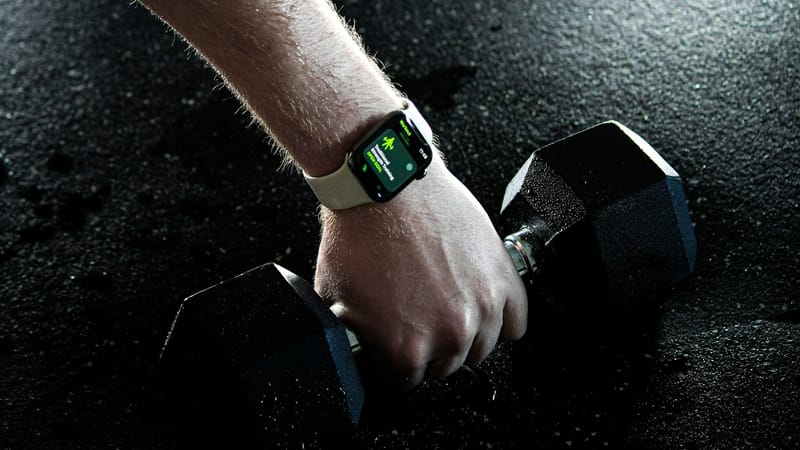Apple Finally Gives In: Touch-Screen Macs on the Way
After two decades of resistance, Apple is preparing to release a touch-screen MacBook Pro, a move that would have made Steve Jobs wince. According to insiders, the new line of MacBook Pros is planned for late 2026 or early 2027 and will include 14-inch and 16-inch models running on the company’s forthcoming M6 chip.
The devices are said to feature OLED displays, thinner and lighter frames, and, crucially, full touch capability. The project, internally codenamed K114 and K116, represents a decisive break from Apple’s long-standing belief that touch interfaces belong on iPads, not Macs.
Breaking with Tradition
For years, Apple executives dismissed the idea of a touch-screen computer as clumsy and unergonomic. Jobs himself famously said that “touch surfaces don’t want to be vertical,” while Tim Cook once compared merging a laptop and a tablet to “combining a toaster and a fridge.”
The company’s only flirtation with the concept, the 2016 Touch Bar, was quietly dropped after a poor reception. But the landscape has shifted. Touch-screen laptops have become industry standard across Windows manufacturers such as Dell, Lenovo and Microsoft, and Apple’s own hardware convergence has blurred the lines between iPad and Mac. With both platforms now sharing processors, interfaces and apps, the case for keeping them apart has weakened.
Inside the New Design
The revamped MacBook Pro will retain a traditional keyboard and trackpad, giving users the choice of touch or classic input. Apple is reportedly removing the screen notch, replacing it with a “hole-punch” camera design similar to the iPhone’s Dynamic Island.
Engineers have also developed a reinforced hinge and sturdier screen assembly to prevent the wobble that plagues other touch laptops. Because of the cost of OLED components and added structural hardware, the new models are expected to carry higher price tags, with estimates of several hundred dollars more than today’s £1,999-plus machines.
Why Now?
The decision appears driven by both market pressure and maturity. Tablet sales have slowed, touch has become a baseline expectation in premium PCs, and Apple’s ecosystem now comfortably supports hybrid interfaces. The company has already seen strong demand for its iPad Magic Keyboard, a device that, ironically, transformed the tablet into something resembling a MacBook.
Internally, Apple is thought to be testing the waters with this single high-end model before expanding touch across its Mac range, following its typical top-down rollout strategy. Future additions, including upgraded MacBook Airs, Mac Studio and Mac mini systems, are likely to feature M5 and M6-series chips but keep conventional displays for now.
Strategic Implications
Adding touch capability could re-energise Mac sales at the upper end, where Apple enjoys its highest margins. It may also tempt Windows users to switch ecosystems, especially those accustomed to convertible designs. For investors, the move signals that Apple’s next growth lever lies not in creating a new device category but in closing the gap between its existing ones.
The shift also marks a symbolic moment: the company that once mocked touch PCs is now embracing them, not as a concession but as a controlled evolution of its design philosophy. In classic Apple fashion, it will aim to make the late adoption look like deliberate timing rather than capitulation.
The Takeaway
Apple’s first touch-screen MacBook Pro is more than a hardware tweak; it is an ideological pivot. The line between Mac and iPad is finally dissolving, and with it, one of Apple’s last remaining taboos. By 2027, “point and click” may have given way to “tap and glide” and the company that once rejected touch computing could end up perfecting it.







